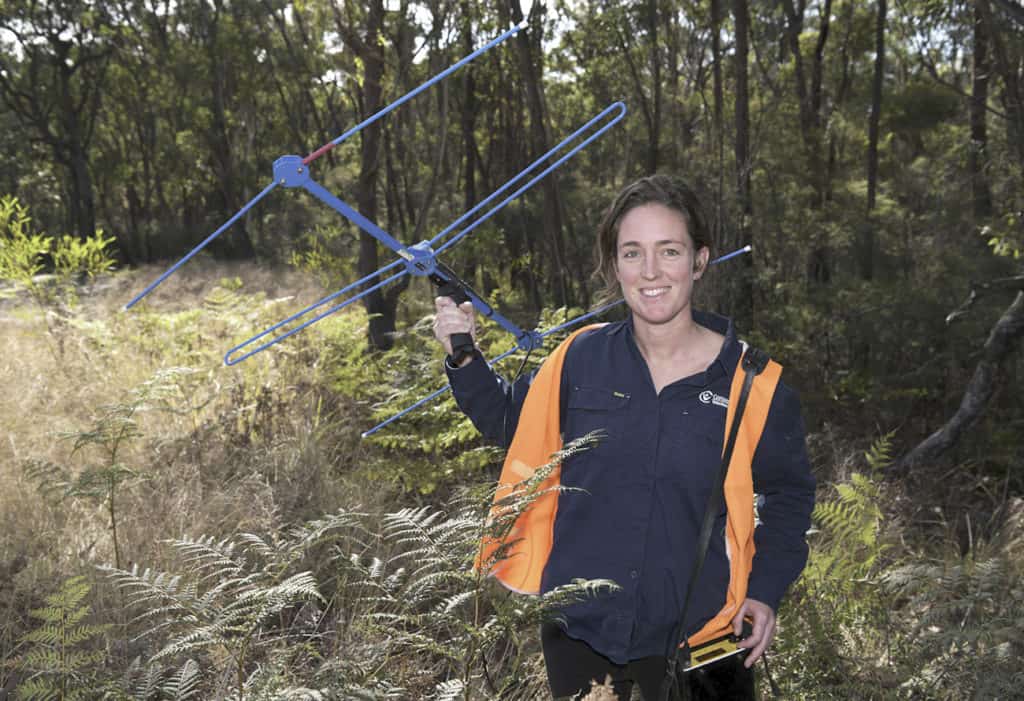Community spotlight: Emma Nicholls | Volunteer leader and koala surveyor
Emma Nicholls is a team leader at Conservation Volunteers Australia (CVA). She coordinates koala tracking and spotlighting projects in south-west Sydney and says the hard work of volunteers is critical to protecting koalas in New South Wales.

"I’ve always been passionate about the environment.
Before joining CVA, I studied biology at university and spent eight years in bush regeneration. This took me to some beautiful places around NSW and inspired me to take on a Masters in Conservation, which I am currently completing.
One of my first projects with CVA was a koala tracking project supported by the NSW Government’s Saving our Species program, the NSW Environment Trust and some of CVA’s corporate partners. As part of the project, we would take teams of 9 volunteers into the bush in south-west Sydney to locate and then radio track wild koalas. The aim of our work was to collect a range of data on the local koala population and their habitat, while also regenerating the local bush.
What I’ve learnt is that to get results you need the community involved as when communities become passionate about conservation, there is no stopping them.
I love working with volunteers and there’s something special about koalas that just brings out happiness and positivity in people. What was really refreshing and surprising about our work was that our volunteers came from all walks of life. We had young kids, retirees, university students and mums and dads participate. We even had a South African safari guide join us one night and he said seeing a wild koala was one of the biggest thrills he’s had.
It’s clear that development is having an impact on koalas in the Sydney basin. For example, our data told us one koala would often sit outside the local pub in Appin. Another koala in the local area would often wander through the local petrol station. What this shows is that development in koala habitat, especially on the outskirts of Sydney, means koalas need to risk coming into suburban areas to access food or to reach bushland they need to survive.
I hope that the data we collect has a positive influence on planning decisions and helps raise awareness about the presence of koalas in the community. A lot of people have no idea we have koalas in Sydney – but we do, and I think that’s special and worth protecting."